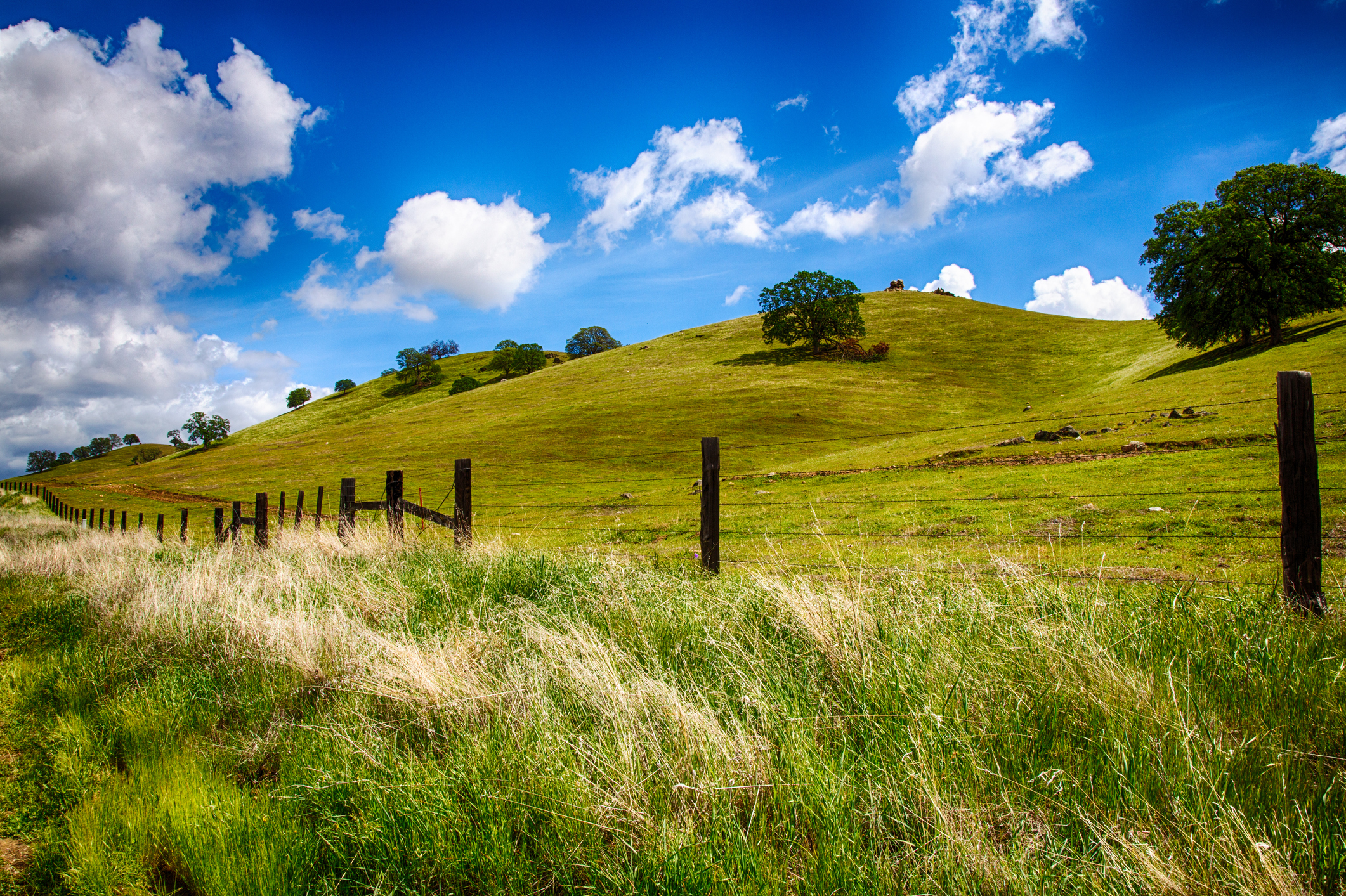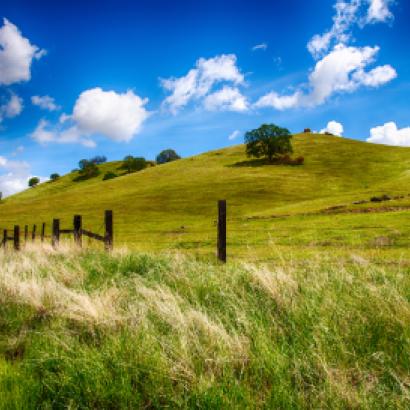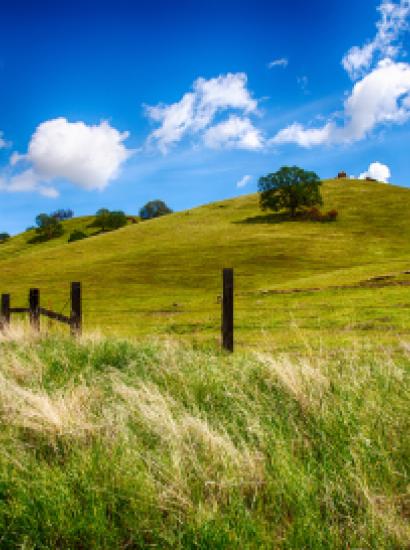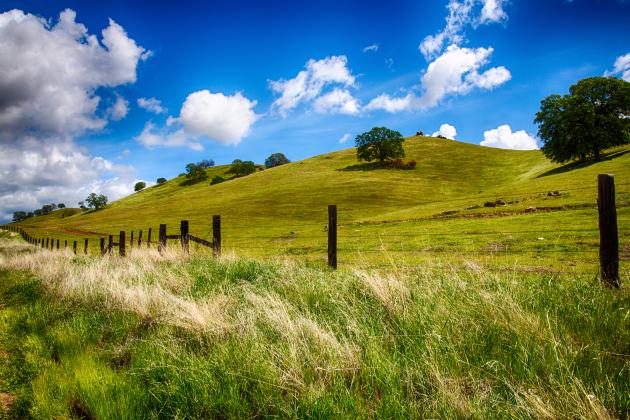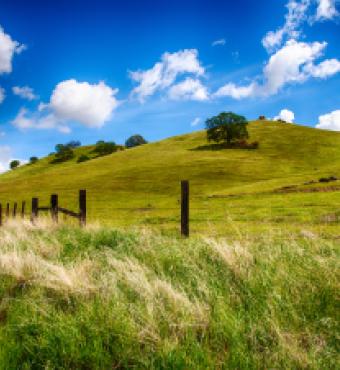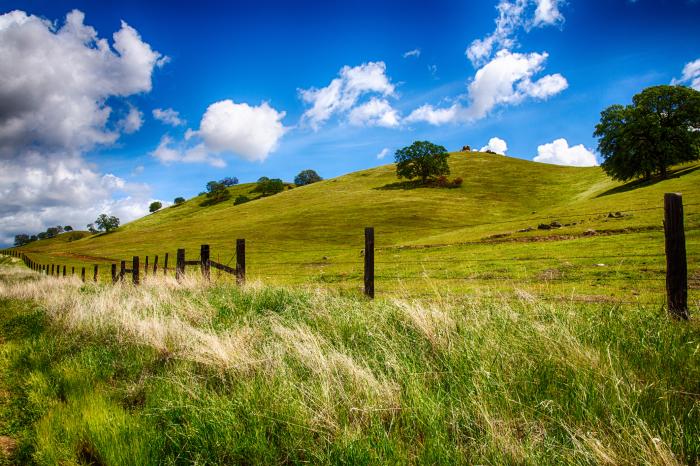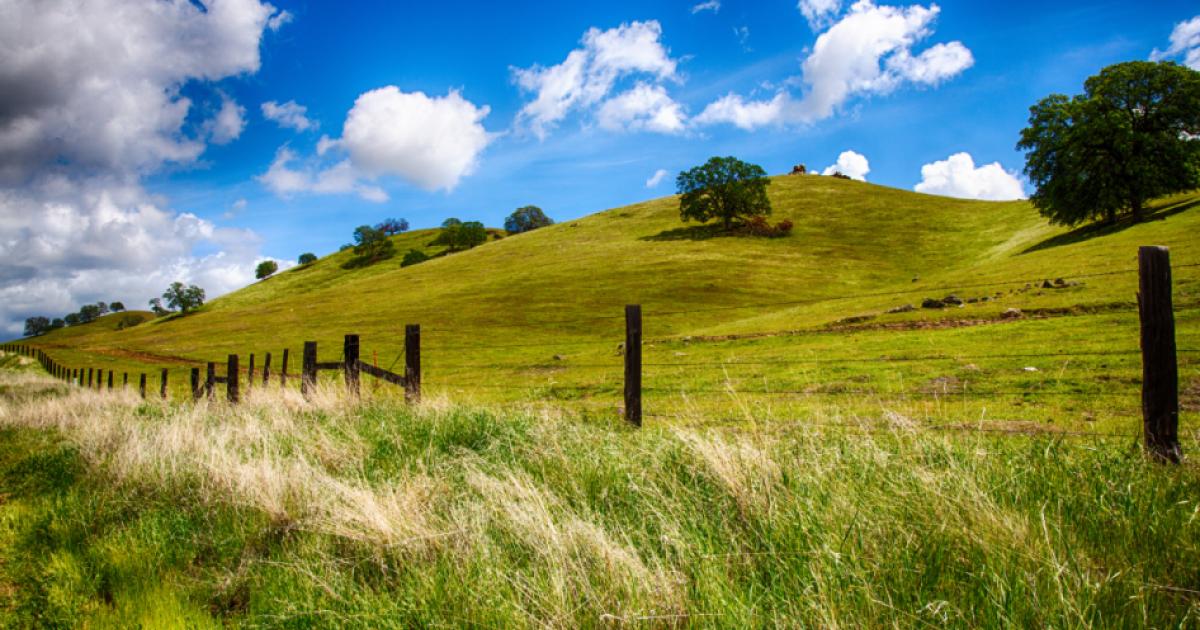- Politics, Institutions, and Public Opinion
- Campaigns & Elections
- State & Local
- California
I’ll confess: for over a week now, I feel like I’ve won the lottery—well, at least enough numbers on my ticket to earn a modest reward.
That’s because, for the first time in the two decades that I’ve resided at the Hoover Institution, I get to speak about California’s role in national politics in ways other than nonexistent (no chance of a Californian setting up shop in the Oval Office anytime soon) or demeaning (the nation’s largest, most prosperous state being little more than an ATM for presidential hopefuls).
Sen. Kamala Harris’s ascension to the Democratic ticket changes that conversation. And, depending on her performance as Joe Biden’s ticket mate, we’ll keep talking about a Californian as a possible future president for anywhere from the next two and a half months to four or more years into the future. (Tonight, Harris takes another step in that direction when she delivers her vice-presidential acceptance speech in a national prime-time appearance).
But here’s a question: while the choice of Harris is historic—she’s the first woman of color to run for a national executive office on a major party’s ticket—is it strictly groundbreaking from a California perspective?
Consider:
In 1952, the 39-year-old Richard Nixon was a relative newcomer to Congress (four years in the House of Representatives; two in the US Senate) when he accepted the number-two spot on Dwight Eisenhower’s ticket—Ike being a little over 22 years Nixon’s elder.
In 2020, the 55-year-old Kamala Harris likewise is a relative newcomer to Congress (four years in the Senate—the same length of stay as Barack Obama when he won the presidency in 2008) and nearly 22 years younger than her ticket mate, former vice president Joe Biden.
What Harris and Nixon also have in common: each serves, or served, a practical political purpose.
For Republicans in 1952, Nixon was both an inroad to a younger generation that had come home from the war and now sought the good life in underdeveloped tracts like suburban South California (Nixon both born and laid to rest in Orange County’s Yorba Linda). Moreover, the young California senator who’d made a name for himself as a staunch anti-Communist upon his arrival in the nation’s capital placated the GOP’s right wing in that presidential election.
For Democrats in 2020, Harris is a celebration of diversity (her late mother emigrated from India; her father emigrated from Jamaica). Not that Joe and Kamala are Average Joes, but for the first time since 1984, the Democratic ticket is devoid of an Ivy League degree.
As you’ve had a week now to process the significance of Kamala Harris as a political pioneer (here’s a column I wrote for RealClearPolitics suggesting that part of her allure to national Democrats is her embodiment of coastal California cool), let’s focus on what this means back in her home state.
First, there’s the lesson that elections have results both immediate and long lasting.
In 2010, Harris won her first run for state attorney general by a mere 74,157 votes (“mere” in that that was margin of victory of less than one percent). If she doesn’t win that contest (and I’ve written previously in this space about how she pulled it off), Harris maybe isn’t in a position to run for a vacant US Senate seat in 2016. That means she probably doesn’t seek the presidency in 2019 and maybe isn’t on Biden’s vice-presidential “short list” in 2020.
The second lesson: when coming to a fork in the road, think carefully about which road to take.
In 2016, then state attorney general Harris and then lieutenant governor Gavin Newsom, both term-limited after winning re-election in 2014, had to decide which made the better political sense: running for governor (a term-limited Jerry Brown out of office after 2018) or running to replace Barbara Boxer, who in 2016 was retiring after four Senate terms.
We’ll never know if the moves were choreographed (Newsom and Harris shared a political consulting firm and a lot of mutual political allies in the Bay Area), but we know the courses they charted.
The funny thing: until the coronavirus pandemic struck, one could have argued that Newsom made the wiser choice. With a strong economy and a divided opposition party, Trump might have been tough to topple this November. Enter Gavin Newsom in 2024, riding in from the west with new energy and new ideas for a party.
Instead, it’s now Newsom who faces questions as to his administration’s uneven response to the pandemic, coupled with a laborious, technocratic speaking style that’s wearing thin on a public awaiting progress rather than the governor’s daily televised pleas for all to don masks. Harris, meanwhile, would seem the odds-on favorite to be the next Democratic presidential nominee.
That situation grew worse over the weekend, as a heat wave triggered rolling blackouts in California, with the state’s power grid unable to supply enough electricity to meet the demand (yes, the coronavirus factored into this). Newsom’s annus horribilis of pandemic and economic and fiscal meltdown grew more horrible, if that’s imaginable.
One final thought: in the pantheon of turning points in California political history—Ronald Reagan’s first gubernatorial win in 1966; the Democratic takeover of all statewide offices in 2002; now Harris in the same position as Nixon a half-century ago—don’t forget about 2021.
Why next year?
If Harris is elected vice president, then Newsom gets to choose her successor—not a minor consideration as Democratic California senators seemingly rival Supreme Court justices in terms of lifetime tenure (Dianne Feinstein is currently serving her 28th year in Washington; Boxer likely would have breezed to a fifth term in 2016).
For Newsom, as with Biden and the process that ultimately led to the choice of Harris, it could prove a tricky exercise in identity politics. Women have exclusively held California’s two Senate seats dating back to 1992. Latino activists will say their time has arrived, as will Black and Asian-American voices. And California’s LGBTQ community likely would remind Newsom that appointing a member of that group to the Senate would dovetail nicely with his first foray into national politics: issuing marriage licenses to same-sex couples during his early days as mayor of San Francisco.
There is an easy way out: Newsom could appoint his predecessor, the 82-year-old Jerry Brown, as a fill-in until a primary and general election in 2022 come up with a long-term solution. It would be a neat final chapter to Brown’s storied career, as a 1982 Senate loss is a blot on Brown’s California record.
In jest, I suggested in this Hoover Area 45 podcast that there’s one other card for Newsom to play: send himself to Washington, leaving it to Lt. Gov. Eleni Kounalakis to deal with a struggling economy, budget woes, and a pandemic-frazzled electorate that may be in a mood to punish incumbents in the 2022 election.
That wouldn’t be a popular choice, as Newsom would have to channel his inner Dick Cheney to justify how his search led him to himself as the right man for the job. But it would get the governor out California.
Don’t laugh. A dysfunctional Washington may be a better habitat than a broken-down California. And if Kamala Harris has proven anything in 2020, it’s that greener political pastures exist far beyond the Golden State.







